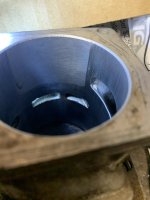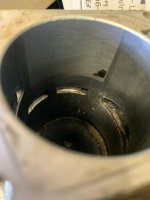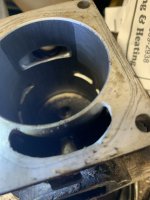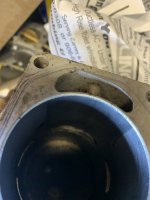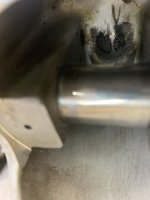RocketRoss57
Taco Bell Aficionado
- Local time
- 3:14 PM
- User ID
- 781
- Joined
- Feb 5, 2016
- Messages
- 381
- Reaction score
- 1,272
- Location
- Willamette Valley
The way I see it is that we aren't doing any precision measurements when it comes to ring end gap unless fitting AM custom pistons or rings. So who knows what most saws are running for ring gap. Ive never measured one myself anyways.. I was thinking more along the lines of displaced carbon from the initial ignition burn passing the rings and being deposited into the easiest places for it to build up at. Mostly in my mind would settle in places of turbulence, transfers being a prime candidate.
I'm not pushing my theory but just merely explaining where my train of thought is going.
☆Edited for punctuation and spelling.
I'm not pushing my theory but just merely explaining where my train of thought is going.
☆Edited for punctuation and spelling.







